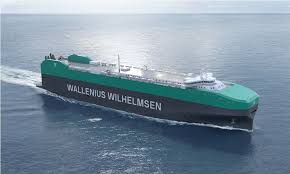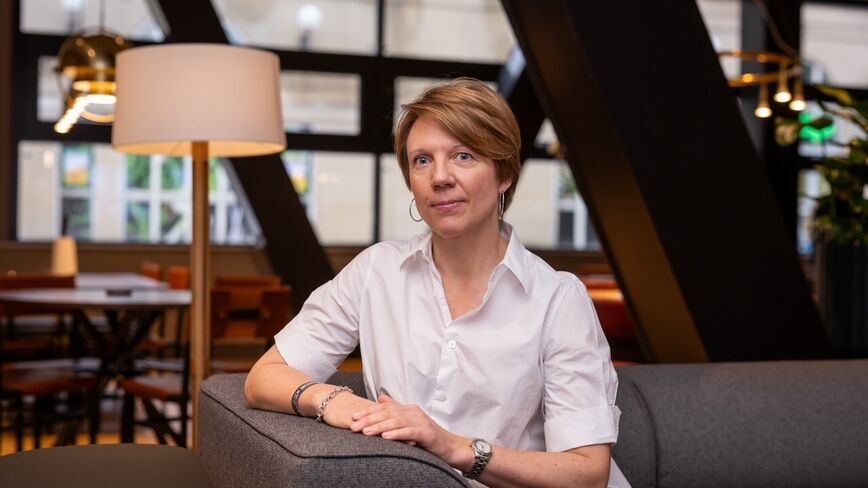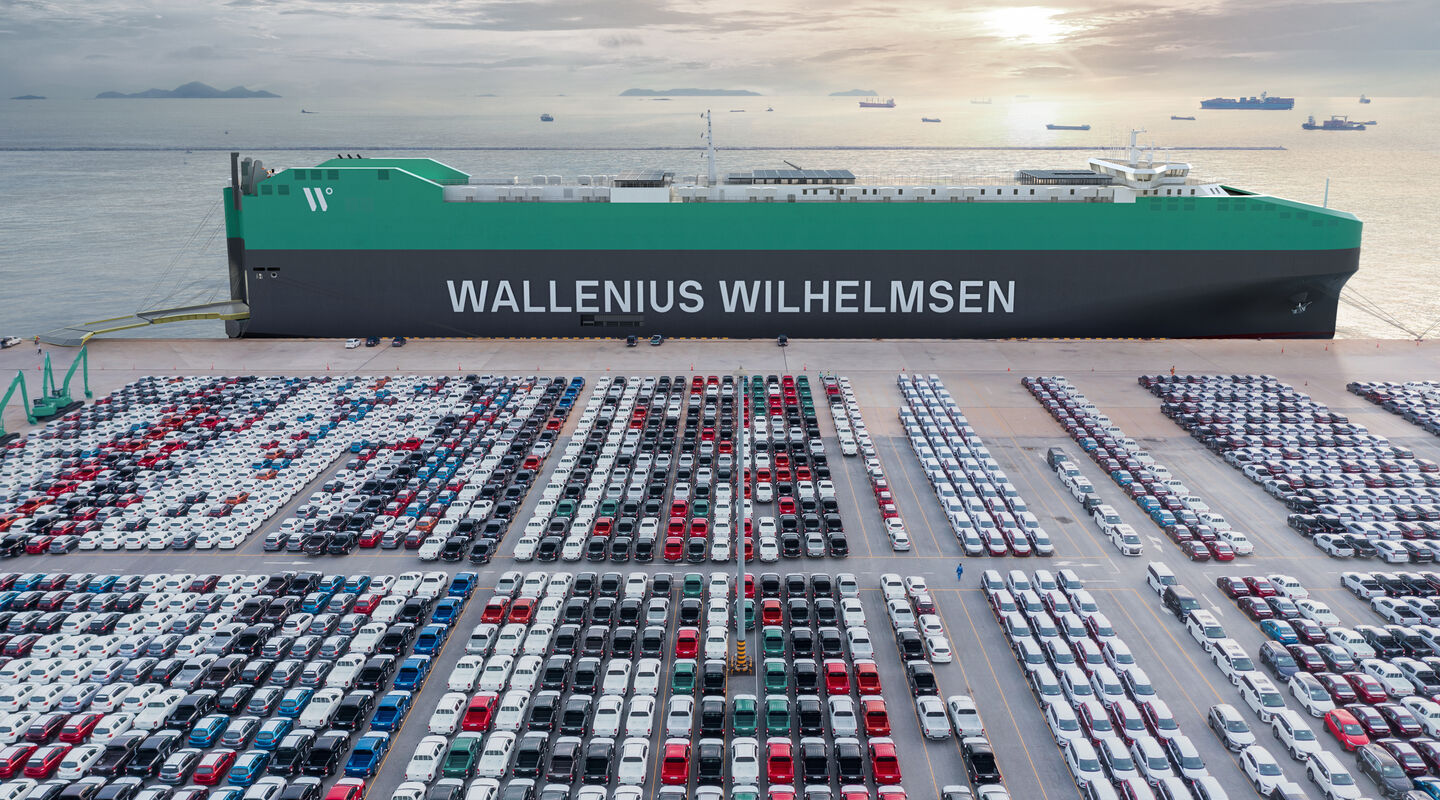Norwegian shipping giant Wallenius Wilhelmsen (WW), based in Oslo, will construct four of the world’s largest car carriers, each capable of carrying around 11,700 vehicles. These new vessels are scheduled for delivery in the latter half of 2027. By increasing the size of its fleet, WW aims to achieve a cost-effective, net-zero greenhouse gas (GHG) emissions target throughout the logistics chain, from the factory to the final consumer.
(Text by Hiro Yamamoto)
Photo courtesy= Wallenius Wilhelmsen

WW has already placed an order for twelve next-generation “Shaper Class” car carriers, each with a capacity of 9,300 units, from China Merchants Jinling Shipyard. Of these twelve, the company will modify the design of four vessels to increase their capacity to approximately 11,700 units. This design change reflects WW’s consideration of customer demands, trade patterns, and economies of scale.
The remaining eight vessels, each with a 9,300-unit capacity, are expected to be delivered after 2026. All new ships will be equipped with dual-fuel engines capable of running on methanol.

WW aims to provide its customers with integrated, end-to-end, net-zero logistics services by 2027, with the larger Shaper Class vessels playing a crucial role in maritime transport. The specifications of the 9,300-unit Shaper Class include a length of 228 meters, a width of 38 meters, and a stern ramp capable of handling loads of up to 320 tonnes. The cargo area includes 12 decks, with four designed to accommodate tall and heavy cargo. Two of the decks are adjustable for height. The method of increasing the capacity to 11,700 units has not been disclosed.
Historically, car carrier designs were limited to a capacity of around 7,000 units, with lengths kept under 200 meters to dock at key shipping ports in Japan. However, new designs have emerged that increase the capacity to 9,000 units by adding more decks.
Meanwhile, South Korea’s Hyundai Glovis, the logistics arm of Hyundai Motor Group, has decided to construct 18 new dual-fuel car carriers, each with a capacity of 10,800 units, powered by LNG (liquefied natural gas). This demonstrates the growing trend of leveraging economies of scale in maritime transport.
The enlargement of WW’s car carriers to 10,000 units could impact the transport of completed vehicles from Japan, as well as affecting the role of Chinese ports in global car logistics.

〆ワレニウス・ウィルヘルムセン(Wallenius Wilhelmsen)は世界最大の1万1700台積み自動車船4隻を中国造船所で建造する。
ノルウェーの自動車船大手ワレニウス・ウィルヘルムセン(Wallenius Wilhelmsen、WW、本社・オスロ)は、世界最大となる約1万1700台積み自動車船4隻を建造する。2027年後半から、同社は新造船4隻の引き渡しを受ける。WWは船型大型化により、工場から最終消費者に完成車が届けられるまでの物流全体のGHG(温室効果ガス)排出ネットゼロの低コスト化を目指す。
WWは中国・招商局金陵船舶(China Merchants Jinling Shipyard)に「シェイパークラス(Shaper Class)」と呼ばれる次世代型の9300台積み自動車船12隻を発注済み。WWは今回、同12隻のうちの4隻について船型変更を実施した。これにより、WWは4隻について船型を約1万1700台積みに大型化する。
※日本語記事の続きは日本海事新聞でお読みください。
